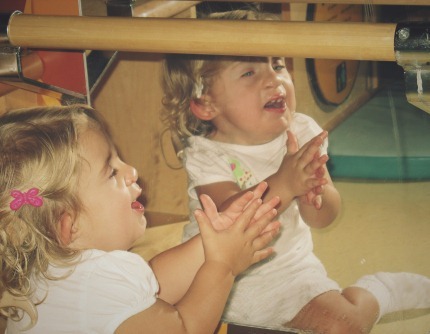OHOA Module: Emergent Communication

Learning Outcomes
- Understand the role of the intervener as a competent communication partner for students who are deaf-blind and be able to identify strategies that encourage communication.
- Discover that students with deaf-blindness always express themselves in meaningful, concrete, purposeful ways from their deaf-blind perspective and that this is the starting point for communication development.
- Develop knowledge about "movements," "sounds," and "touching objects," and recognize them as meaningful, concrete, purposeful behaviors.
- Know how to establish "shared experiences" with a student.
- Gain insight into how experiences leave bodily-emotional traces in the memory and how students express these memory traces in their behavior.
- Understand strategies that can be used to co-create shared meaning of a student’s expressions and develop gestures, meaningful sounds, and objects of reference (object cues).
- Understand strategies that can be used to develop gestures, meaningful sounds, and objects of reference (object cues) based on the intervener's forms of communication.
- Understand the steps that need to be taken to expand concrete communication forms before moving on to abstract communication forms.
Development Team
- Bernadette Van Den Tillaart (Lead)
- Lauri Triulzi
- Tina Hertzog
- Chris Montgomery
- Caroline K. Daley
Use of this Module
This module is available for free on our website. We invite anyone to use these materials. Please note that NCDB does not provide CEUs, certificates, or confirmation of completion.
Suggested Citation
Van den Tillaart, B., Triulzi, L., Hertzog, T., Montgomery, C., Daley C. (2014, September, rev.). Emergent communication. In National Center on Deaf-Blindness, Open Hands, Open Access: Deaf-Blind Intervener Learning Modules. Monmouth, OR: National Center on Deaf-Blindness, The Research Institute at Western Oregon University.
